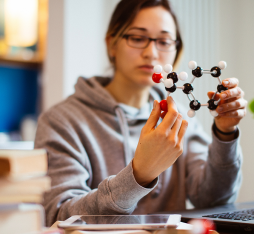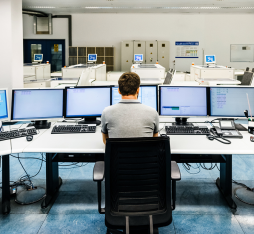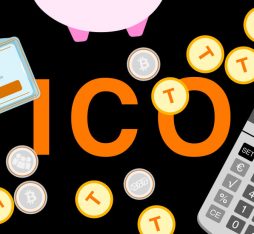Digital Twins
A digital twin is a virtual replica of a physical object or process that is continuously updated with data from the object or process.
The twin reproduces the components, structure and operation of its physical counterpart using exact digital models. It can then be used to simulate the object’s behaviour in real time, control it and predict its evolution throughout its life cycle.
A vehicle engine, a production line, a supply chain, a factory, a building, a railway station, an organ or a city, an ocean, the human body… Practically anything can be reproduced this way.
The rise of digital twins has been made possible by the maturity of cloud and edge computing, the generalization of the Internet of Things (IoT), the emergence of Big Data and advances in Artificial Intelligence (AI) and machine learning.
The technology is based on different types of digital models combining historical and updated data from IoT sensors.
It uses AI to process transmitted data streams, and machine learning to produce predictions.
Through augmented reality and other types of human-computer interfaces, users can visualize and interact with the digital double and its physical twin.
Digital twins are increasingly popular and are already used in a wide range of sectors.
In industrial fields, such as automotive and aerospace design, they can speed up development phases and reduce costs by optimizing production and monitoring.
In the energy sector, they facilitate the monitoring of installations and enhance the planning of maintenance operations and the anticipation of malfunctions.
In medicine, they can be used to reproduce parts of the human body, such as the heart or lungs, to predict the course of a disease or assess the effectiveness of a treatment.
Digital twins are very much a technology of the future, enabling a better understanding of the systems represented and optimizing their design, manufacture, operation and maintenance.





